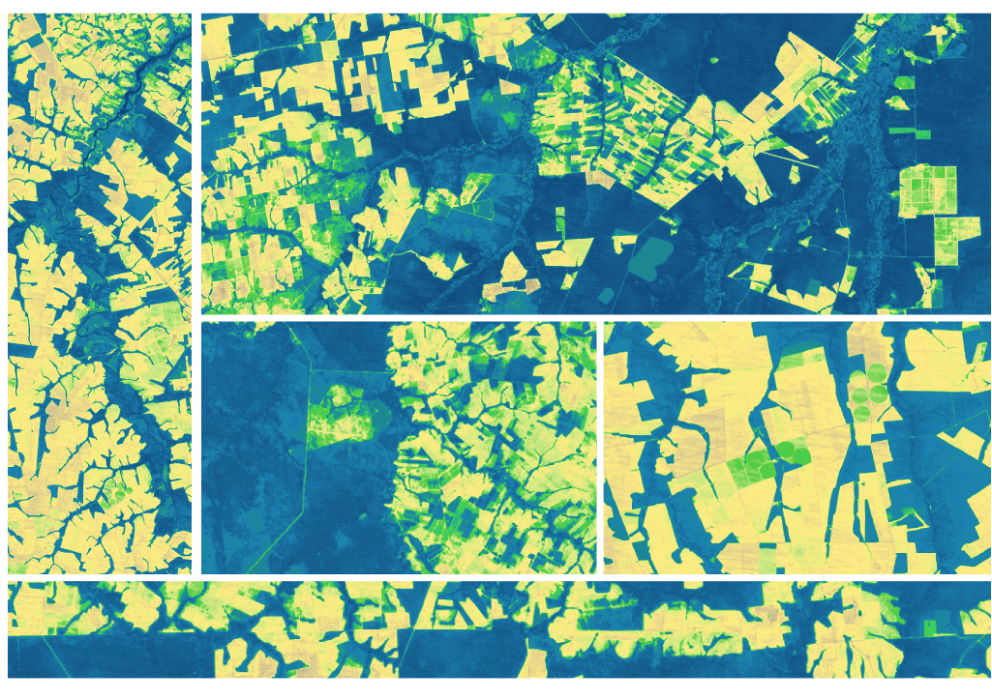
The magnitude of the change – a pitch axis offset of approximately 30 microradians (about 0.2 TIRS pixels) – is large enough to threaten the thermal-to-reflective band registration requirements. Band registration tests confirm that the along-track TIRS-to-OLI band registration performance has been degraded since the safe hold event.
A calibration parameter file (CPF) update to the ACS_to_TIRS_Rotation_Matrix parameter was developed to correct this offset and was put into production on September 27, 2013. This update is effective from September 21, 2013, so a subdivision of the 3rd quarter CPF effective date range will be required. The new parameters will also be used for the upcoming 4th quarter CPF unless the ongoing monitoring of TIRS-to-OLI alignment indicates that further changes are required.
No direct cause for the alignment change is known but it may be related to the change in the spacecraft thermal environment during the safe hold period. If this is the case, it is possible that, over time, the alignment will drift back closer to its earlier position.
Source: USGS Landsat Program

Australian Intertidal Zone Exposed: Landsat and Sentinel-2 Provide Information on Dynamic Region
This month, the Digital Earth Australia (DEA) team released a new Landsat and Sentinel-2 based intertidal data product. The new data set characterizes the tidal shoreline zone of Australia in more detail than ever before.





